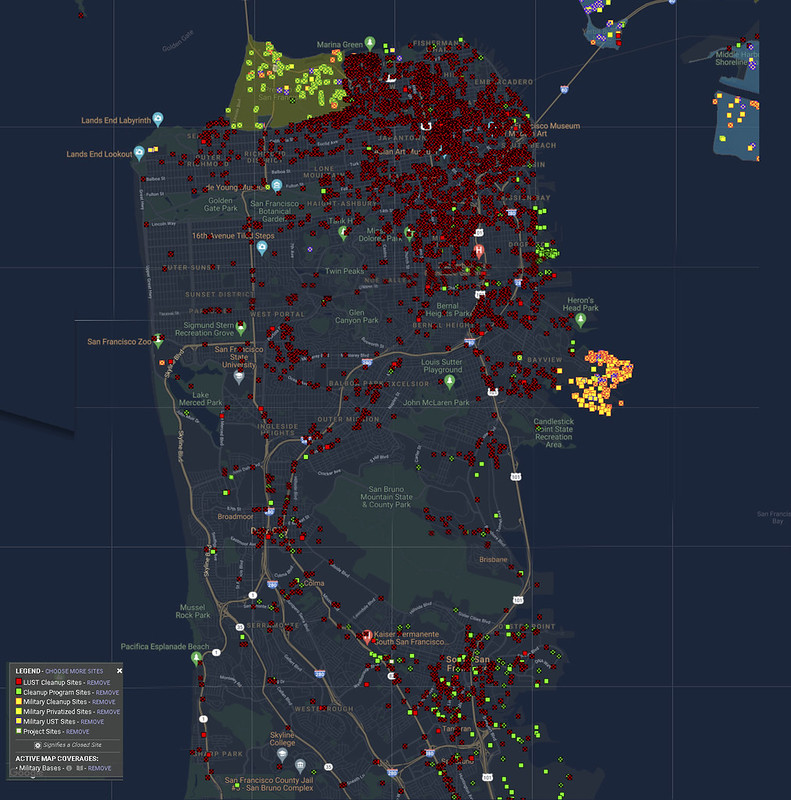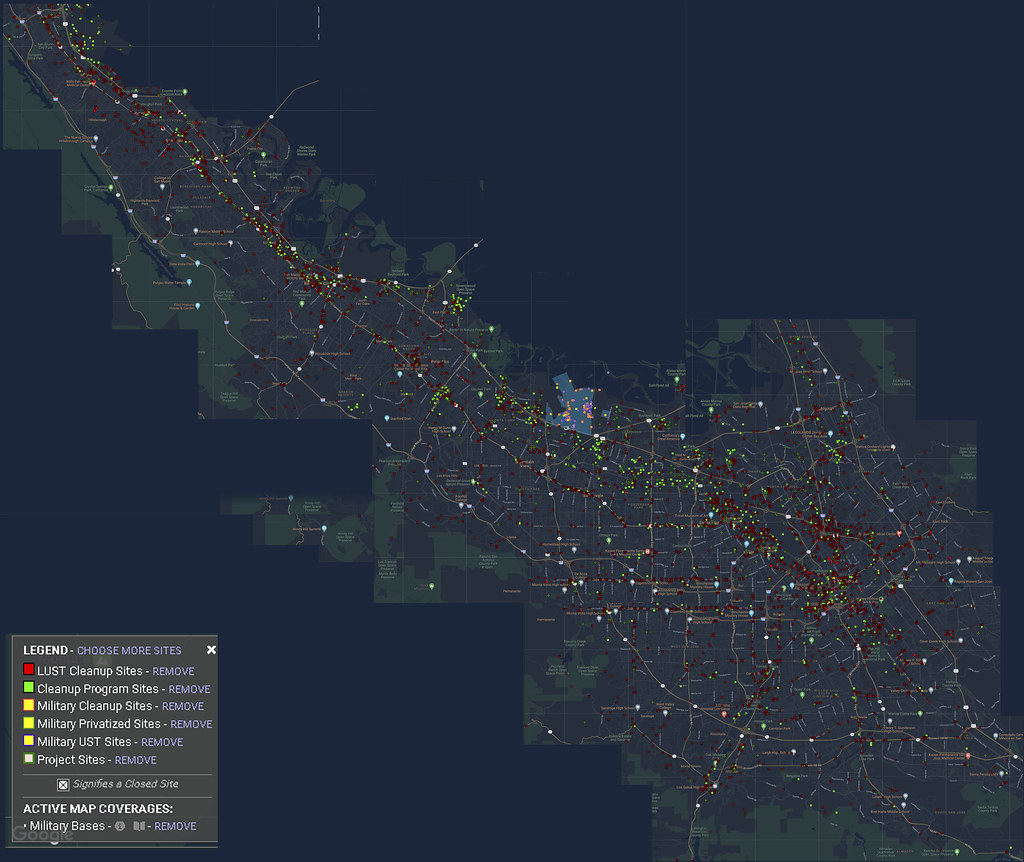Santa Susana Nuclear Disaster America’s China Syndrome, nuclear cloud spread over Simi and San Fernando Valleys
With the recent press about placing a nuclear reactor on the moon, the environmentalists are reacting to this as if it was a new thing. Neil Armstrong armed a nuclear reactor on the Moon during the Apollo 11 landing which is still in operation on the moon. It is used as a measuring device to measure the distance from the earth to the moon and thus help in navigating in space.
Boeing and Atomics International developed the SNAP reactors at Santa Susana which is in the hills just south of Simi Valley. One of the reactors melted down in 1959 causing the largest and most deadly nuclear accident in US history if you don’t count the nuclear tests. Here is a documentary explaining what happened when the nuclear reactor, the salt cooled reactor melted down and exploded causing a radioactive cloud to encompass Simi Valley and across San Fernando Valley. There was no containment, no shielding.
Also they burned radioactive waste so that it would be dispersed on the wind because the red tape made it “impractical” to bury it properly in disposal sites. Note that again this smoke was deposited over Simi and San Fernando Valleys.
4 reactors blew up over the course of many years of the SNAP reactor project. The reactors were being developed for spacecraft and airplanes. The airplane engine program was halted when the military decided it was a bad idea because if a plane crashes, we would have just given the enemy a working nuclear reactor.
Reactors for Space

Film: First Nuclear Reactor In Space 71502
From Internet Archive:
“Made in 1965 by the U.S. Atomic Energy Commission, this rare film discusses the design of SNAP-10A, an experimental nuclear reactor launched into space in 1965. The Systems Nuclear Auxiliary Power Program (SNAP) reactor was developed under the SNAPSHOT program overseen by the U.S. Atomic Energy Commission.
SNAP-10A was launched from Vandenberg AFB by an ATLAS Agena D rocket on April 3, 1965 into a polar low Earth orbit altitude of approx. 1,300 km. Its nuclear electrical source, made up of thermoelectric elements, was intended to produce over 500 watts of electrical power for one year. After 43 days, an onboard voltage regulator within the spacecraft — unrelated to the SNAP reactor — failed, causing the reactor core to be shut down, after reaching a maximum output of 590 watts. The reactor was left in a 700-nautical-mile (1,300 km) earth orbit for an expected duration of 4,000 years. In November 1979 the vehicle began shedding, eventually losing 50 pieces of traceable debris. The reasons were unknown, but the cause could have been a collision. Although the main body remains in place, radioactive material may have been released. ”
The following is from “NUCLEAR SPACE POWER SYSTEMS,” H. M. DIECKAMP Vice President, Engineering; ATOMICS INTERNATIONAL A Division of North American Aviation, Inc. P. 0. Box 309 Conoga Park, California ISSUED: SEPTEMBER 1967
“The first nuclear power system in space was SNAP 3B, a 2.7-watt radioisotope unit fueled by Pu [Plutonium], which was launched in June 1961. The first reactor power system in space was SNAP 10A, a 500-watt unit, which was launched m April 1965. To date, five radioisotope units with power levels up to 25 watts and one 500-watt reactor unit have been used in the U. S. Space Program.” page 19

SNAP 10A Nuclear Reactor launched in 1965


SNAP 27 Nuclear Reactor for NASA’s Apollo Missions

Re-entry vehicle for nuclear fuels
NASA planned on regular missions to fuel a space station where they would send nuclear fuel up to orbit and back down again. This involved creating a device that could land and safely return the fuel elements of a reactor without breaking. This led to the creation of the Space Shuttle. The question is how much nuclear materials were on the Space Shuttles that crashed to the earth and should the local populations of the crash sites be concerned?



Concept drawing for a device to return nuclear fuel back to earth safely by gliding it in just like what would eventually be the Space Shuttle.

Diagram of a Plutonium powered heat source for a capsule that returns to earth.











You must be logged in to post a comment.